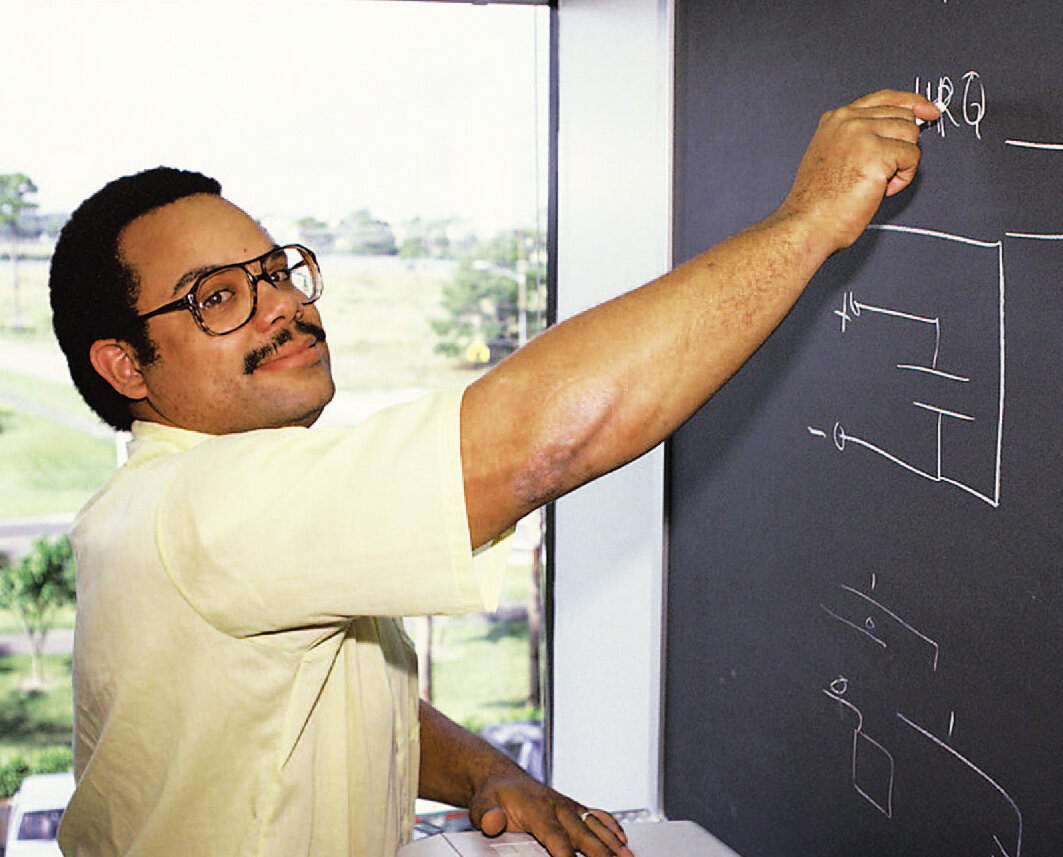Are you currently reading this article on your laptop or desktop computer? If so, take a moment to gaze at your computer screen because I have an interesting fact to share with you. Did you know that the initial versions of personal computer monitors were not equipped with color screens?
Back in 1980, when Mark Dean joined International Business Machines (IBM), the company was actively striving to transform computers into “personal” devices, making them accessible to consumers. Hired as a chief engineer, Mark Dean diligently worked towards becoming one of the key figures in IBM’s mission to produce personal computers for the consumer market. By 1981, IBM had successfully launched its first personal computer, and Mr. Dean had earned three out of nine patents under his name.
These three patents were related to the Color Graphics Adapter, which was responsible for introducing color to PC monitors, as well as the IBM PS/2 Models 70 and 80, and the internal architecture of these personal computers. The internal architecture that Mark Dean, in collaboration with Dennis Moeller, developed for IBM’s personal computers made it possible for these machines to utilize peripheral devices like keyboards, mice, and scanners. Dean and Moeller achieved this by creating the Industry Standard Architecture (ISA), a microcomputer system.
The potential of the personal computer expanded significantly through ISA, as users gained the ability to access ISA slots for adding peripherals such as printers, modems, video cards, speakers, scanners, disk drives, and other devices, thereby pushing the boundaries of Information Technology.
Born in 1957, a young Mark Dean grew up with his parents, Barbara and James Dean, in Jefferson City, Tennessee. Mark Dean’s peers and instructors at Jefferson City High School, which was an integrated institution, were amazed by his exceptional intellect. He displayed a particular fascination with science and technology, even constructing a tractor on his own.
After graduating from Tennessee Valley High School in 1975, Dean went on to earn a B.S. in Electrical Engineering from the University of Tennessee in 1979 before joining IBM. During his tenure at the corporation, he returned to graduate school and obtained an M.S. degree from Florida Atlantic University in 1982.
In 1992, he completed his Ph.D. in electrical engineering, and just three years later, IBM honored him with the title of IBM Fellow. IBM issued a heartfelt statement regarding this recognition bestowed upon the computer scientist:
The title of IBM Fellow is the company’s most prestigious technical distinction, awarded in recognition of exceptional and sustained technical accomplishments and leadership in engineering, programming, services, science, design, and technology.”
IBM Statement in 1992
In 1997, Mark Dean was inducted into the National Inventors Hall of Fame but he didn’t stop innovating. In 1999, Dean and his engineering team developed the world’s first one-gigahertz microchip, enabling computers to perform one billion calculations per second.
Dean was deeply immersed in his field and had even made accurate predictions about how technology would evolve in the past. He was remarkably accurate in the late ’90s when he envisioned a magazine-sized tablet that could accept voice commands, play media, and replace your PC. He predicted that we’d see such a device within 10 years, and this prediction closely aligned with the debut of the iPad in 2010.
When we discuss the titans of the technology realm, names like Larry Page and Sergey (Google), Steve Jobs and Steve Wozniak (Apple), and Bill Gates and Paul Allen (Microsoft) often come to mind. But shouldn’t the name of Mark Dean also be on our lips?






